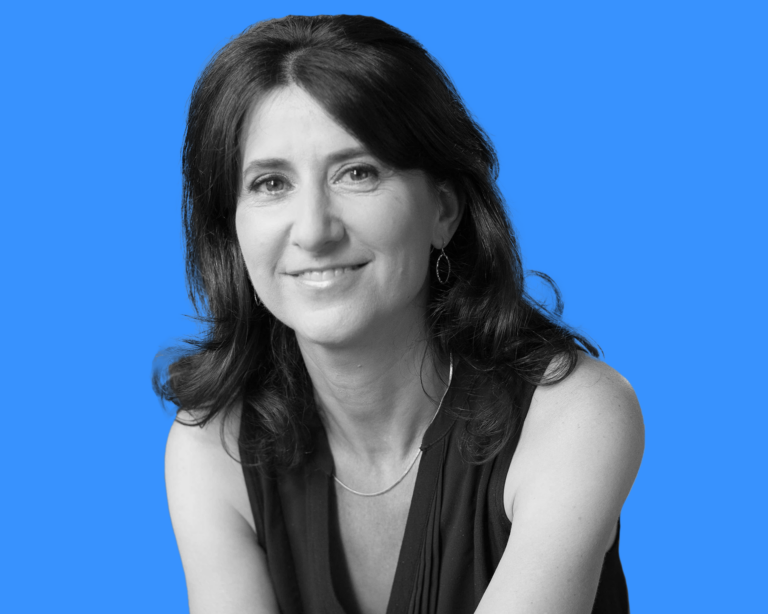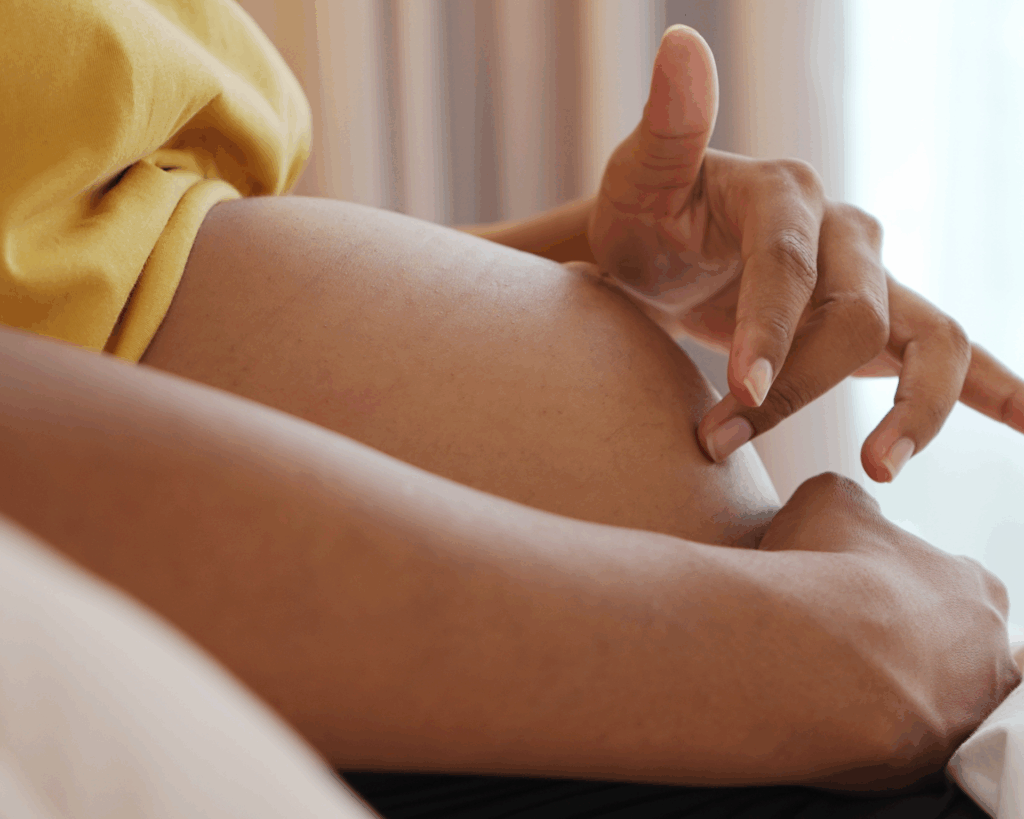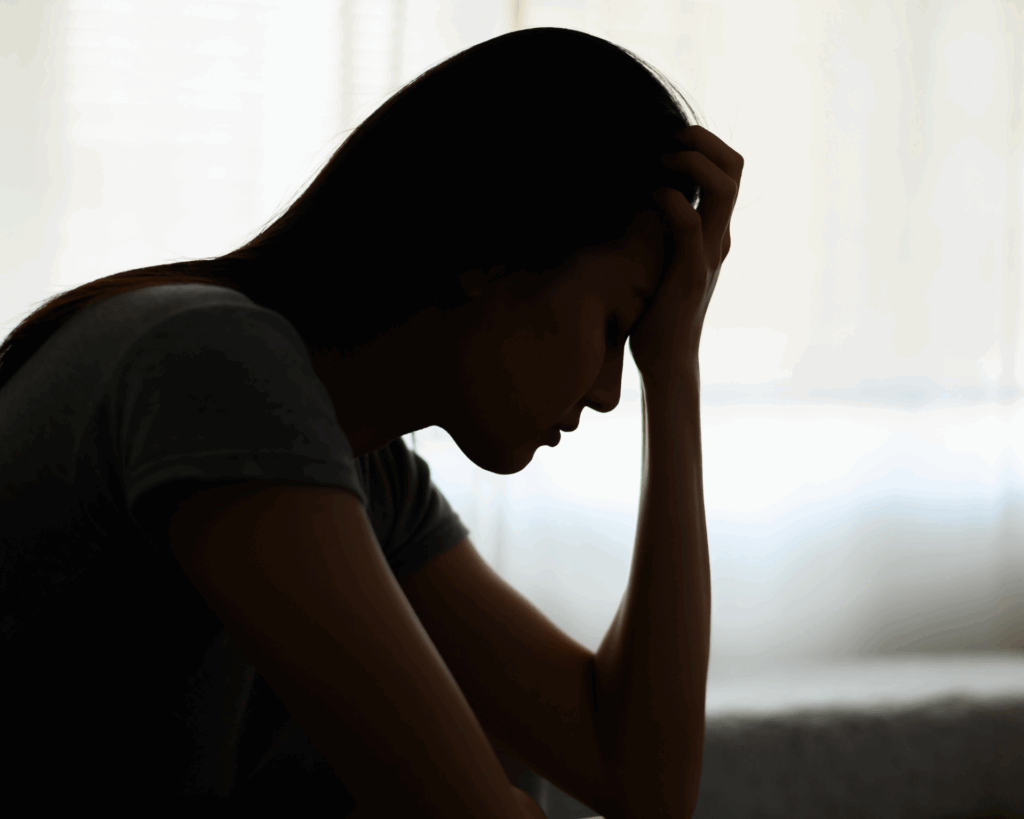'Menstrual Health Is a Fundamental Part of Public Health'
Marni Sommer, professor of sociomedical science at Columbia University Mailman School of Public Health, discusses her work as a menstrual equity researcher and advocate.

Read Time: 5 minutes
Published:
Marni Sommer is a professor of sociomedical sciences and currently leads the Gender, Adolescent Transitions and Environment (GATE) program at Columbia University Mailman School of Public Health.
Menstrual experiences have historically been ignored in research, medicine, and daily life. However, as 1.8 billion people menstruate each month worldwide, it is important to consider how menstruation affects everyday life and whether we can achieve menstrual equity. Universal access to safe, clean water and sanitation facilities, adequate health education, and available and safe menstrual products are essential to allowing those who menstruate to menstruate with ease, security, and dignity.
Marni Sommer is a professor of sociomedical sciences at Columbia University Mailman School of Public Health. Sommer recently spoke with Public Health Post about her work as a menstrual equity researcher and advocate.
Public Health Post: How did you come to research and advocate for menstrual equity in the United States?
Marni Sommer: I had always focused on global work, so I made the wrong assumption about what was going on in the U.S. I just thought, “I’m sure it’s being taken care of, or if not, there’s plenty of people to do it.” Eventually, I found there was not a lot of evidence on girls’ experiences of menstruation that was current. So, our first study in the U.S. was with girls. Then, once we started the research, we started noticing specific populations and issues: people experiencing homelessness and menstruation, trans and gender non-binary people, public toilets in big cities and how they’re not set up to support menstruation, pediatric clinicians and if they are engaging with menstrual health, and, most recently, research with boys.
How does menstrual equity affect those who may not menstruate?
Menstrual equity is about the ability of people who menstruate to engage in the world equally. If school systems don’t have adequate toilets, sensitized teachers, or products and materials available; if folks who menstruate can’t afford products or can’t readily access them at home; if those who menstruate don’t learn about their bodies and health care is not sensitized to support them through the normal onset of menstruation and experiences of menstrual disorders; if workplace settings, informal or formal, do not enable workers who menstruate to manage their period, then menstrual equity cannot be attained. All of these examples are about equity.
We have folks who don’t menstruate and are the partners of those who menstruate who may want to have children one day. It’s helpful for these individuals to understand the menstrual cycle and be supportive. To make equity a reality, we cannot put the burden only on people who menstruate to solve the challenges. Shared effort is needed to make meaningful change.
How would you like to see the menstrual equity field evolve in the coming years?
We still don’t have good data on interventions that are effective because there hasn’t been funding for large-scale studies. We also need human capacity: health educators or health care workers who are better trained to look out for abnormal menstrual experiences. And then, ultimately, more political commitment to ensure menstrual equity across all populations. Overall, we need resources.
What can public health professionals and advocates do to help the field evolve?
Recognizing menstrual health as a fundamental part of public health is number one. Number two is that we still have too much silence on this issue from the first period to menopause. So, speaking about it, thinking about it, incorporating it if it’s relevant to whatever we are doing. Menstruation impacts a lot of aspects of reproduction, education, and daily life that people don’t think about. So, if you are a public health worker partnering with an urban planner, are you thinking through the public toilets, how they’re designed, and if they are supportive of people who menstruate? If you’re a public health practitioner who does community outreach or collaborates with clinical health workers, is menstrual health being incorporated into your approaches to disease prevention and well-being? Overall, there’s a need to pause and consider if there’s a potential for menstruation to be a part of whatever their work is and to do better at including it.
What are some challenges you see impeding the evolution of the field?
Politically, this topic has historically been bipartisan, which was nice because it wasn’t threatening in the way that some other reproductive and sexual health-related topics are, such as sex education and abortion. However, more recently, it’s been conflated with issues that are sensitive in our country. For example, seeing period books banned in schools in parts of the country, seeing efforts to track girls’ periods in case they’re pregnant, and seeing a hesitation to mandate menstrual health education out of concern that it will be conflated with gender identity conversations. Such actions could impact the progress we have been making on attaining menstrual equity unless we find a path back to a bipartisan approach.



